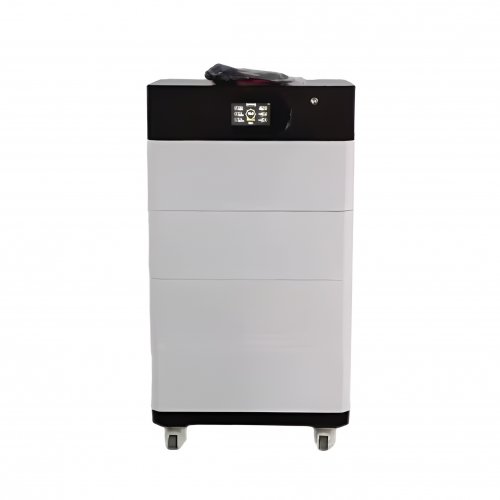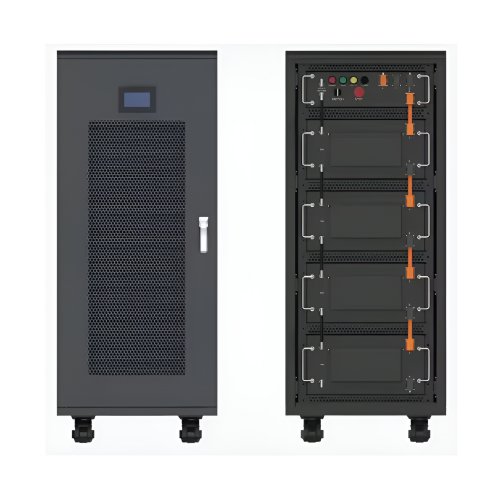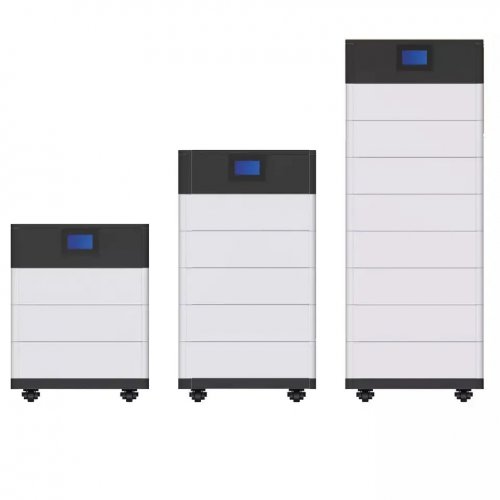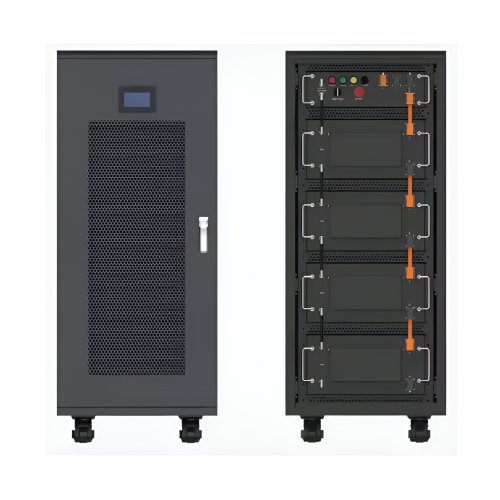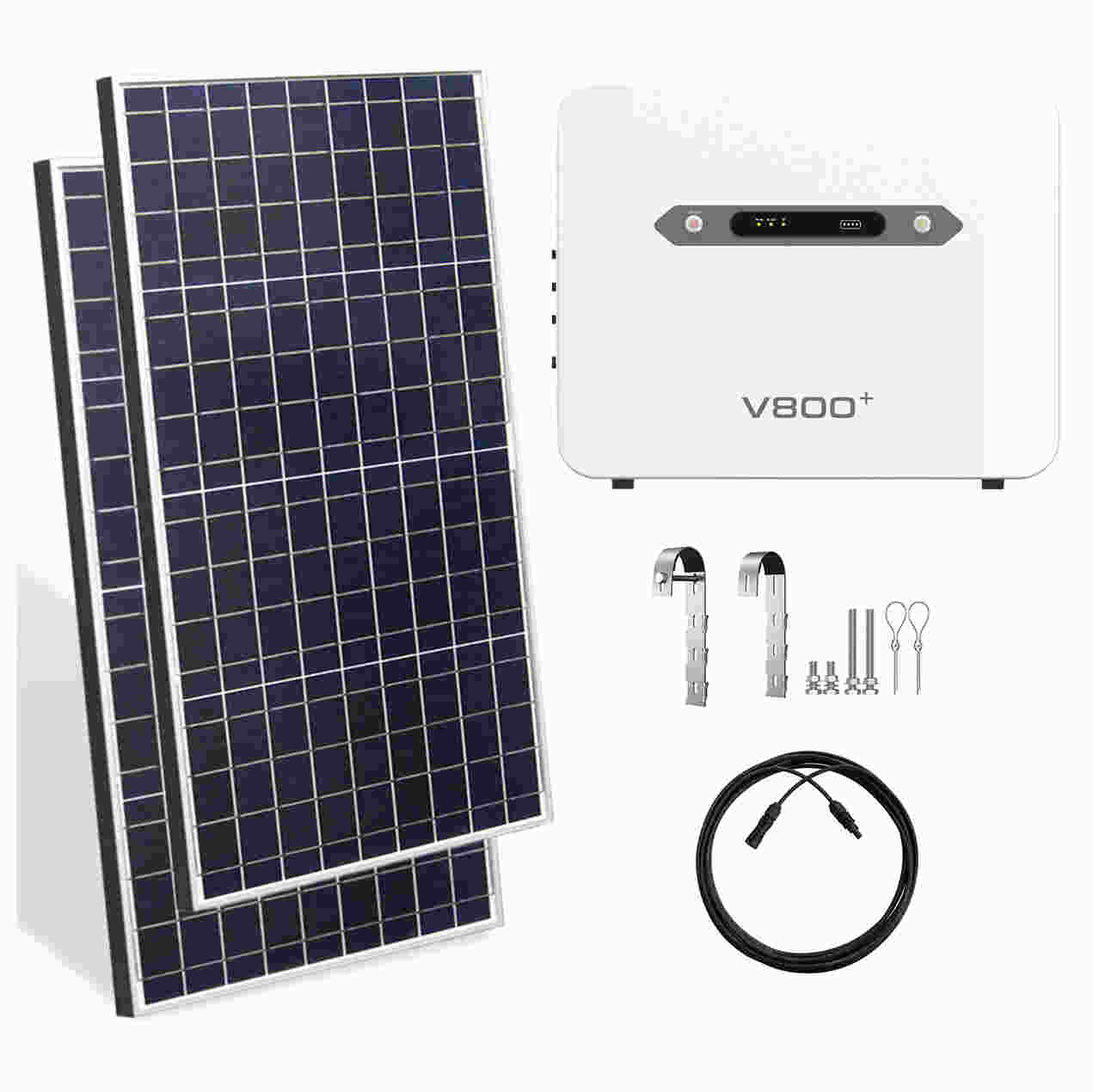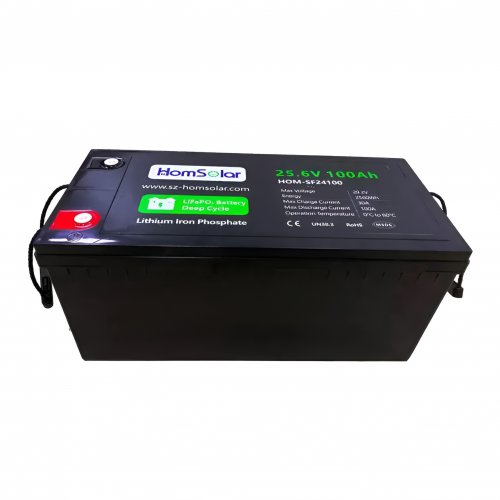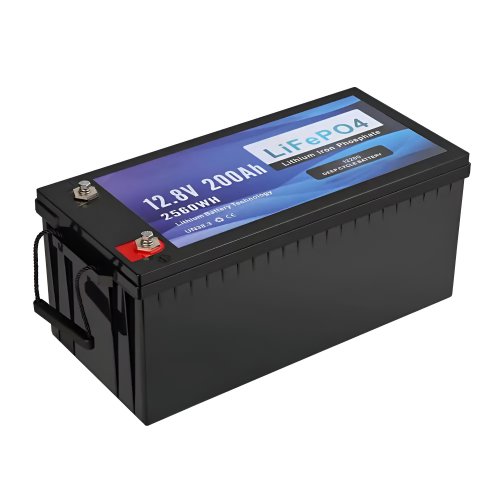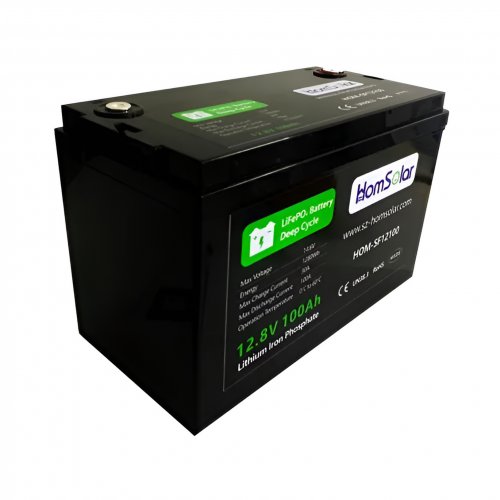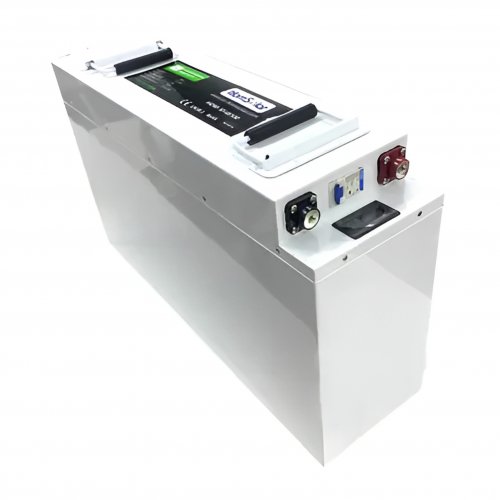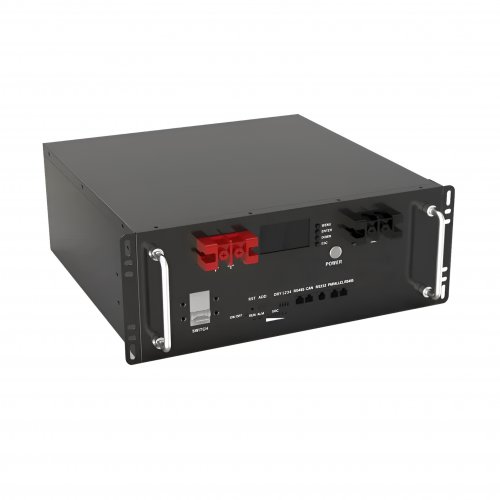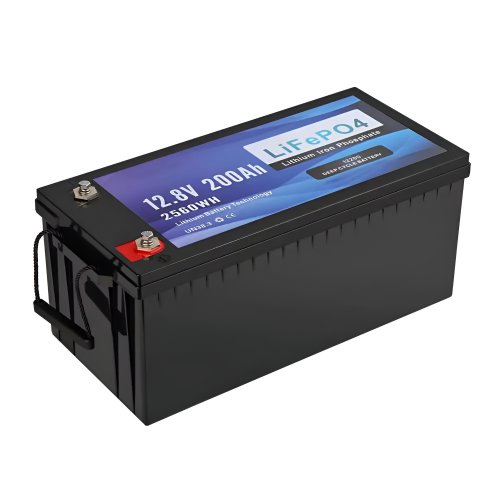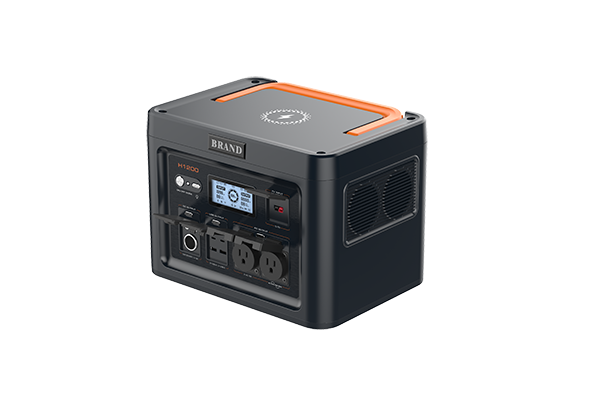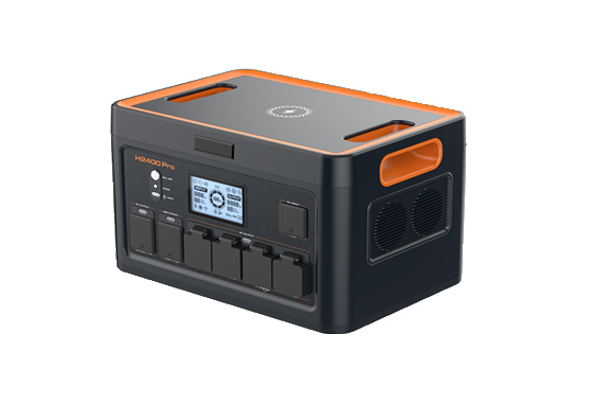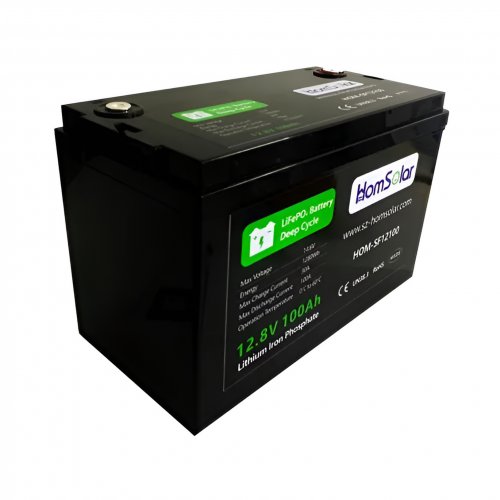Optimizing photovoltaic systems: Best practices for economic, technical key performance indicators
KPIs are vital metrics to evaluate the technical performance, economic sustainability, and environmental impact of PV systems. From investors and asset managers to operation and maintenance (O&M) providers, stakeholders rely on KPIs to assess system reliability, guide decision-making, and analyze long-term profitability.
By aligning technical and economic metrics, KPIs ensure that PV systems remain competitive and resilient in an increasingly demanding energy market.
Technical KPIsPxx Energy Yield estimates the probability of achieving specific energy outputs over a given time. This KPI is critical for financial modeling, as it aligns performance expectations with realistic variability in weather and operational conditions.
Performance Ratio (PR) measures the system’s energy efficiency by comparing actual output to the potential output under ideal conditions. It's simple to use and can be adjusted to different temperatures or bifacial modules, but it can be influenced by environmental factors like high DC-to-AC ratios or curtailment.
Availability tracks the operational uptime of a PV system (whether it’s time-based availability or energy-based availability), ensuring it generates electricity during periods of suitable irradiance. It is a staple in O&M contracts and directly influences system reliability assessments.
The Soiling Ratio (SR) quantifies performance losses due to dirt or debris on PV panels, comparing actual output to what would be expected if panels were clean. It supports data-driven cleaning schedules to optimize efficiency, and it’s particularly important when it comes to desert and polluted regions.
The Degradation Rate (Rd) evaluates the irreversible loss of performance due to material aging and wear, and is often fed into financial models to predict future maintenance needs. It is a critical parameter for long-term reliability, but it requires several years of high-resolution data for accurate assessments.
The Performance Loss Rate (PLR) includes all reversible and irreversible performance losses in a PV system, such as soiling or degradation. It offers a broader view of system health compared to Rd, and is a key parameter for O&M planning and lifecycle cost assessments.
The Energy Performance Index (EPI) measures the ratio of actual to expected energy yield based on modeled performance. It also has higher seasonal stability compared to PR, and its use has shown particular growth in regions where high-efficiency modules with non-standard configurations are becoming the norm.
The Capacity Tests verify system performance by comparing measured output against expected output under standardized reference conditions. They are used primarily during system commissioning and periodic audits, and help ensure compliance with contractual obligations and validate system performance under real-world operating conditions.
Economic KPIsThe Levelized Cost of Electricity (LCOE) measures the cost of generating one unit of electricity, accounting for all expenditures over the system’s lifetime. It balances CAPEX, OPEX and performance metrics, and is used to compare the cost-effectiveness of different PV projects. As innovations like bifacial modules and tracking systems improve efficiency, LCOE continues to drop, making solar more competitive against other energy sources.
The Internal Rate of Return (IRR) reflects the profitability of a PV project by identifying the discount rate at which the project breaks even, thus providing insights into long-term financial feasibility. It is a highly valuable metric for attracting investors, especially in projects with high upfront costs but long-term gains.
The Net Present Value (NPV) calculates the present value of cash flows against the initial investment, providing insights into project profitability. The NPV enables stakeholders to assess competing project proposals, prioritizing those with the best financial returns.
Capital Expenditure (CAPEX) represents the upfront costs associated with deploying a PV system, including equipment, installation, and infrastructure. Minimizing CAPEX without compromising quality is crucial for project feasibility, and innovations in manufacturing and localizing supply chains are helping to reduce it significantly.
Operational Expenditure (OPEX) covers ongoing costs such as maintenance, repairs, and monitoring systems. OPEX can be optimized by strategies such as real-time monitoring systems and condition-based maintenance approaches.
Data quality: a crucial need for reliable KPIsHigh-quality data is indispensable for accurate KPI calculations. The report emphasizes the importance of rigorous data cleaning and validation, from initial collection to processing. Factors like missing values, inconsistent measurements, and inadequate data storage practices can compromise KPI reliability.
Advanced Supervisory Control and Data Acquisition (SCADA) systems and robust data imputation techniques are recommended to address these challenges.
Customized/OEM/ODM Service
HomSolar Supports Lifepo4 battery pack customization/OEM/ODM service, welcome to contact us and tell us your needs.


HomSolar: Your One-stop LiFePO4 Battery Pack & ESS Solution Manufacturer
Our line of LiFePO4 (LFP) batteries offer a solution to demanding applications that require a lighter weight, longer life, and higher capacity battery. Features include advanced battery management systems (BMS), Bluetooth® communication and active intelligent monitoring.

Customised Lithium Iron Phosphate Battery Casing
ABS plastic housing, aluminium housing, stainless steel housing and iron housing are available, and can also be designed and customised according to your needs.

HomSolar Smart BMS
Intelligent Battery Management System for HomSolar Energy Storage System. Bluetooth, temperature sensor, LCD display, CAN interface, UART interface also available.


Terminals & Plugs Can Be Customized
A wide range of terminals and plugs can be customised to suit the application needs of your battery products.

Well-designed Solutions for Energy Storage Systems
We will design the perfect energy storage system solution according to your needs, so that you can easily solve the specific industry applications of battery products.



About Our Battery Cells
Our energy storage system products use brand new grade A LiFePO4 cells with a battery lifespan of more than 4,000 charge/discharge cycles.



Applications in Different Industries
We supply customized & OEM battery pack, assemble cells with wiring, fuse and plastic cover, all the cell wires connected to PCB plug or built BMS.
Applications: E-bike, Electric Scooter, Golf Carts, RV, Electric Wheelchair, Electric Tools, Robot Cleaner, Robot Sweeper, Solar Energy Storage System, Emergency Light, Solar Power Light, Medical Equipment, UPS Backup Power Supply.
We can provide you with customized services. We have the ability to provide a vertical supply chain, from single cells to pack/module and to a complete power solution with BMS, etc.


HomSolar (Shenzhen) Technology Co., Ltd







